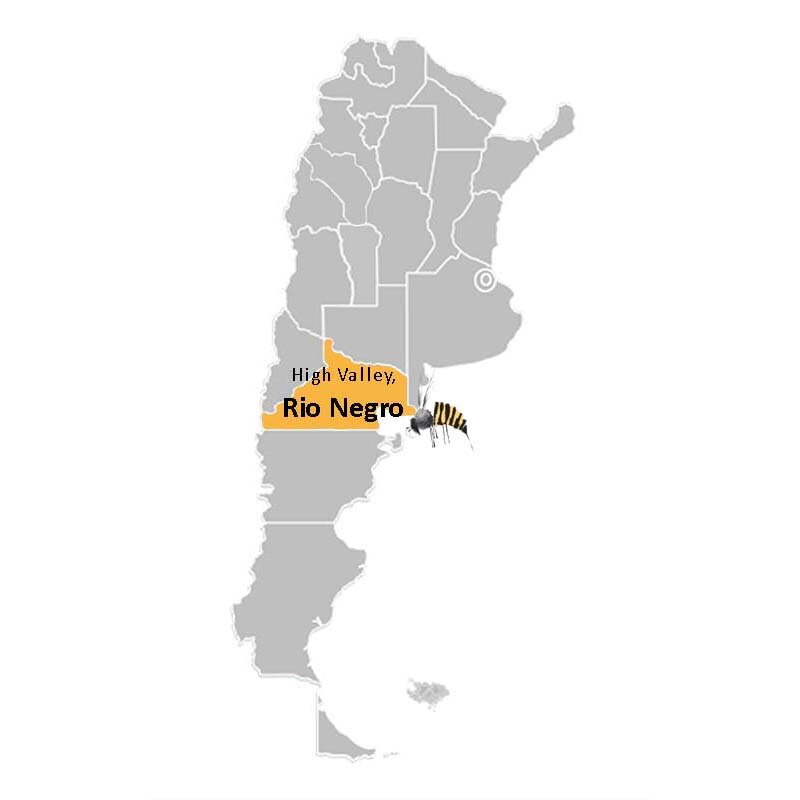Diego’s Pick - June 2020
After many years of searching for a white wine made in Patagonia to bring to Amsterdam that I like, I came across this very special blend of Chardonnay and Semillon produced in Alto Valle de Rio Negro by Durigutti family.
With 70% relevance of the mother grape, Chardonnay, this bi-varietal comes from an old vineyard from 1938. After its first fermentation in pools, it spends 4 months in oak resulting in a gold colour and a tropical nose; it is fresh, intense and well structured.
Chardonnay: of French origin, it is considered the highest hierarchy among its peers. It is used to make the finest white varietals and is usually the base for some generic whites and the most relevant champagnes.
Its voluble vines acquire different characteristics depending on the terroir. In France it was treated for many years as a white variety of Pinot Noir and was called Pinot Chardonnay. For some time now, it has been considered a variety in itself, the most precious among the white clusters of Montrachet, Mersault and Chablis in Bourgogne.
No Chardonnay equals the other. That of Montrachet is slightly different from that of Mersault or Mâcon, very different from that of the Napa Valley in California and also that of Tupungato (Uco Valley), where for many, the best Chardonnay in the country occurs.
The ones produced in the Alto Valle del Río Negro (Patagonia) are positively influenced by the colder weather, which has a great effect in the acidity and longevity. Rich, balanced and fresh wines are obtained, with a good aroma, flavour and remarkable persistence.
According to the latest report from Tim Atkin, when he refers to Rio Negro growing region he says: “Chardonnay could be the next big thing, now that Burgundian superstar, Jean-Marc Roulot, has produced his first wine from the area”
In France, it is believed that its flavour and aromas are reminiscent of fresh butter, hazelnuts, baked almonds and also toasted bread. In our regions, it presents aromas of apple, peach, tropical fruit and honey. One of the latest trends in important Argentine wineries is to ferment the Chardonnay in new oak barrels (225 litres), although in reality, it is an ancient practice of Burgundy, taken up by Californians with excellent results.
Semillon: grape variety originating in Bordeaux, France, used in the great Sauternes. The famous Château d’Yquem is made with this vine. In Bordeaux, where they usually blend it with Sauvignon Blanc and it is called Blanc Fumé or Pouilly Fumé, as the famous Sancerre.
In Argentina, this stock, until not long ago, had little prestige. An ordinary white, almost orange-yellow, almost always sweet and rusty, was called Semillon. Undoubtedly it was another strain or a terrible preparation.
It is a variety of cold areas, for this reason its best development is located in the Alto Valle de Río Negro, although it also does very well in the high altitude of Tupungato, Mendoza. Rio Negro produces a dry, virile wine, somewhat abstract in perfume but full-bodied. The French say it is reminiscent of acacia, lemon, lime, verbena, and avocado. In Argentina its aromas and flavours are reminiscent of herbs, honey and toasted bread.
This month I would love to introduce you this Aguijon de Abeja Obrera, white blend from Patagonia. Fresh, and intense with a very subtle note of vanilla and honey, tropical aroma and great structure. It is ideal to enjoy in the sun and pair it with all kinds of fish, sushi, ceviches and different carpaccios.
Hope you enjoy it!
Cheers!



